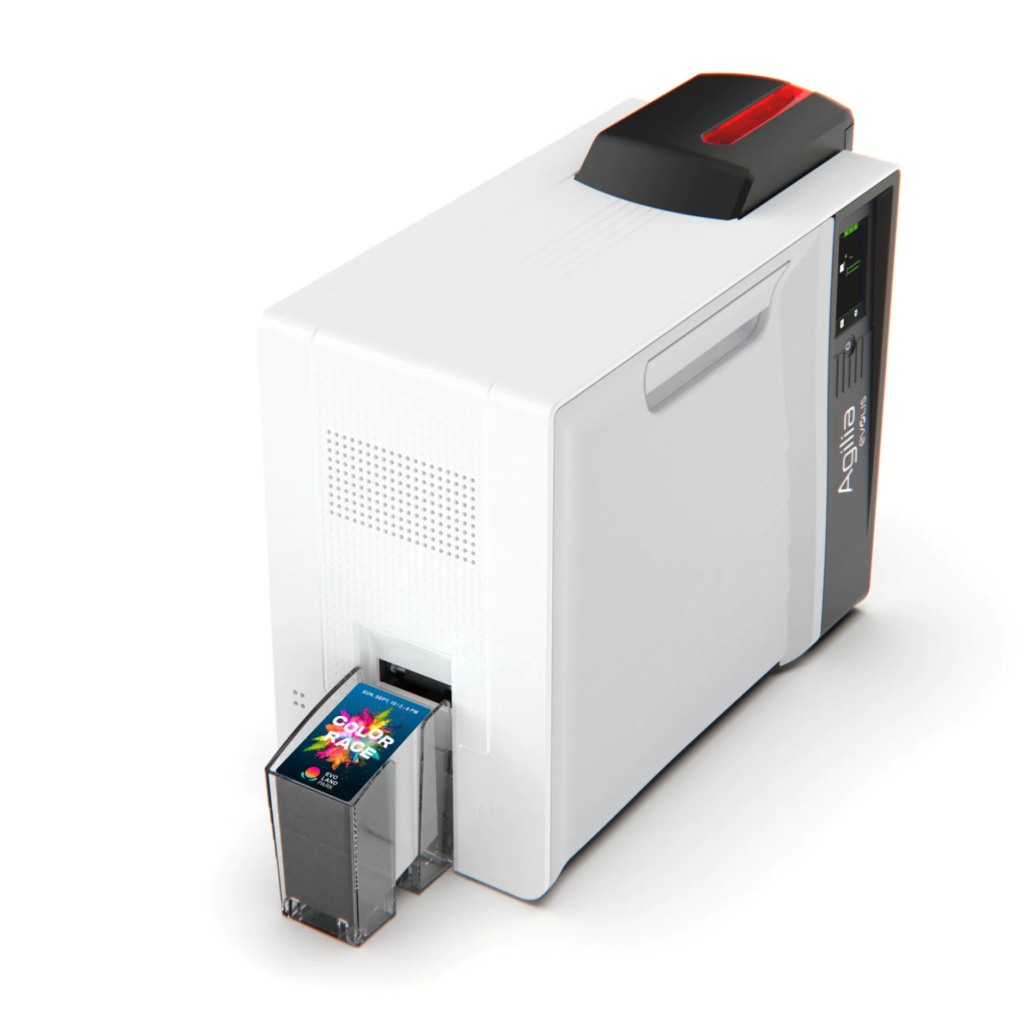
Is it worth buying a PVC card printer for small businesses?
There is an increasing number of small businesses, such as coffee shop chains and gyms. As their customer base expands, so does the demand for professional-looking ID cards, membership cards, and access cards. At first, outsourcing card printing makes sense – until you start facing delays, inflexible minimum order quantities, and occasional printing errors. This is when many small business owners begin to reconsider: Should we move our card printing business in-house? A PVC card printer brings more than convenience; it also provides control, speed, and brand consistency. Instead of waiting days for cards from third-party vendors, you can create a new card in minutes, customize designs instantly, and reduce long-term costs for small-volume printing needs.
Cost-Benefit Analysis of In-House Printing
Before purchasing a PVC card printer, small businesses must assess whether the investment aligns with their budget and needs. These printers vary in price, starting from a few hundred to several thousand dollars, depending on features. While upfront costs may seem steep, long-term savings from avoiding third-party printing can be substantial.
Additionally, having control over the design and issuance process reduces dependency on outsourcing. Businesses can reprint lost cards immediately or update card templates on demand. This flexibility helps avoid downtime and improves responsiveness. When used regularly, the per-card cost of in-house printing becomes lower than external services.

Enhanced Brand Identity Through Customization
Branding plays a vital role in shaping customer perception, especially for small businesses competing with larger firms. A PVC card printer enables companies to produce custom cards that accurately reflect their brand identity. They can include logos, colors, fonts, and even personalized employee information.
Furthermore, tailored card designs foster professionalism and trust. Whether it’s customer loyalty cards, event passes, or staff ID badges, well-designed cards enhance recognition and brand recall. This branding consistency strengthens the overall image and improves customer loyalty by increasing perceived value.
Operational Efficiency and Time Savings
Time is a valuable resource for small businesses, and PVC card printers help streamline operations. Instead of placing recurring orders with print vendors, companies can instantly produce cards on-site. This reduces turnaround times, allowing teams to respond quickly to new requirements.
Moreover, in dynamic environments such as retail stores, fitness centers, or event venues, fast card issuance enhances service quality. Employees or customers can receive their cards immediately, eliminating unnecessary delays. Faster service often translates to higher customer satisfaction and smoother operations.

Security Advantages for Identity Verification
Security is critical, particularly in sectors like healthcare, education, and corporate offices. A PVC card printer supports security initiatives by enabling businesses to issue photo IDs, barcode badges, or RFID-enabled cards. These can be used to control access, track attendance, or authenticate identities.
Significantly, issuing cards in-house minimizes the risk of data leaks or misprints during external handling. This control over sensitive information enhances data protection compliance and gives business owners peace of mind. With customizable security features, a PVC card printer can support both basic and advanced access control needs.
Scalability and Adaptability for Growing Needs
As a small business grows, so do its operational and security demands. A PVC card printer offers scalability by adapting to new use cases without significant reinvestment. Whether expanding staff, launching a loyalty program, or attending more trade shows, the same printer can handle new card issuance needs.
Additionally, many printers support upgrades such as dual-sided printing, encoding modules, and lamination units. This means a single investment can evolve with the business, avoiding the need for multiple devices. For growth-oriented companies, such adaptability adds long-term value.

Comparing Outsourced vs. In-House Printing
Outsourcing card printing may seem easier at first, but it comes with trade-offs. External services often involve setup fees, design limitations, and minimum order quantities. These constraints may not be suitable for businesses with small or fluctuating batch needs. Delays in delivery and communication can also hinder responsiveness.
In contrast, a PVC card printer eliminates these bottlenecks. Businesses gain complete control over print quality, quantity, and timing. They can test multiple designs or make quick changes without added costs. This level of autonomy not only saves money over time but also boosts operational agility.
Long-Term ROI and Practical Considerations
The return on investment (ROI) of a PVC card printer depends on the frequency of usage and the business model. Companies that regularly issue cards will recoup their investment faster. However, even occasional users benefit from the ability to produce professional-grade cards when needed.
Furthermore, practical aspects such as maintenance, software compatibility, and training should also be taken into consideration. Many modern printers are user-friendly and come with intuitive design software. With minimal training, staff can quickly become proficient. Therefore, despite the upfront cost, the long-term operational advantages make a PVC card printer a worthwhile tool.

PVC Card Printers Create Value for Small Businesses
Investing in a PVC card printer can bring significant benefits to small businesses across various industries. It can enhance brand image, increase security, and improve operational efficiency. More importantly, it provides flexibility and control that outsourcing lacks. While not every company requires it, it is a cost-effective solution for those who frequently need to print cards. Its convenience, speed, and customization capabilities bring an attractive ROI.


